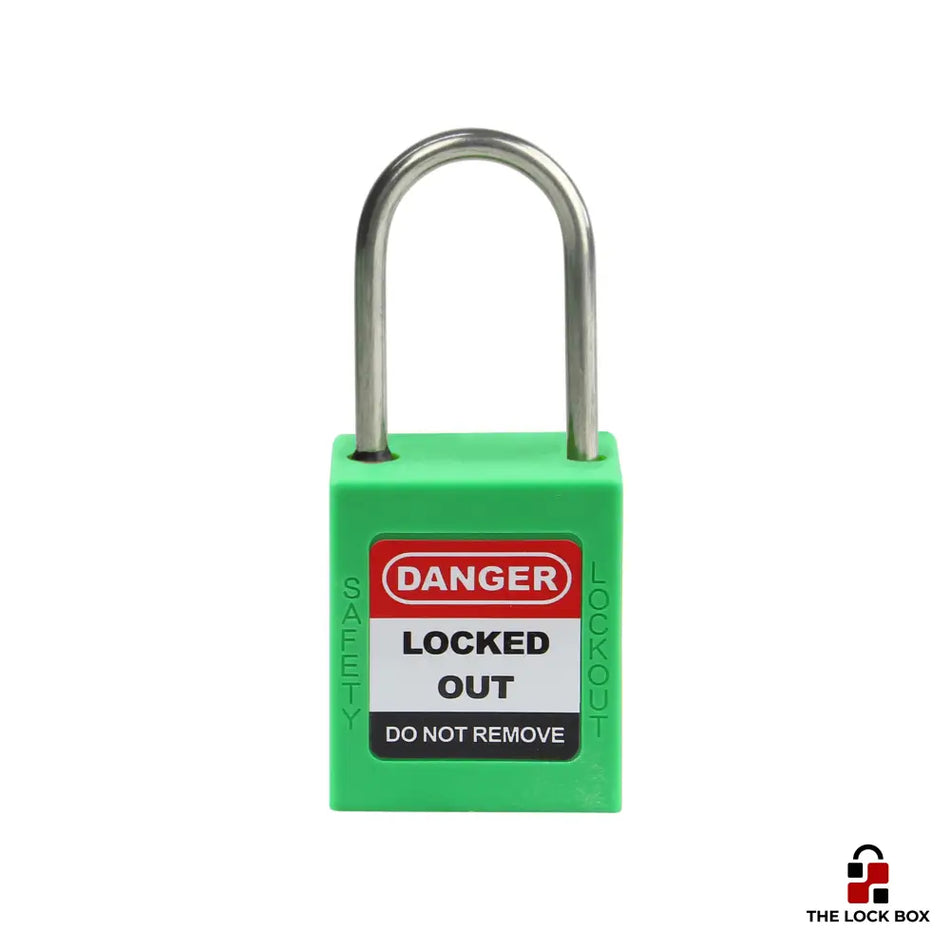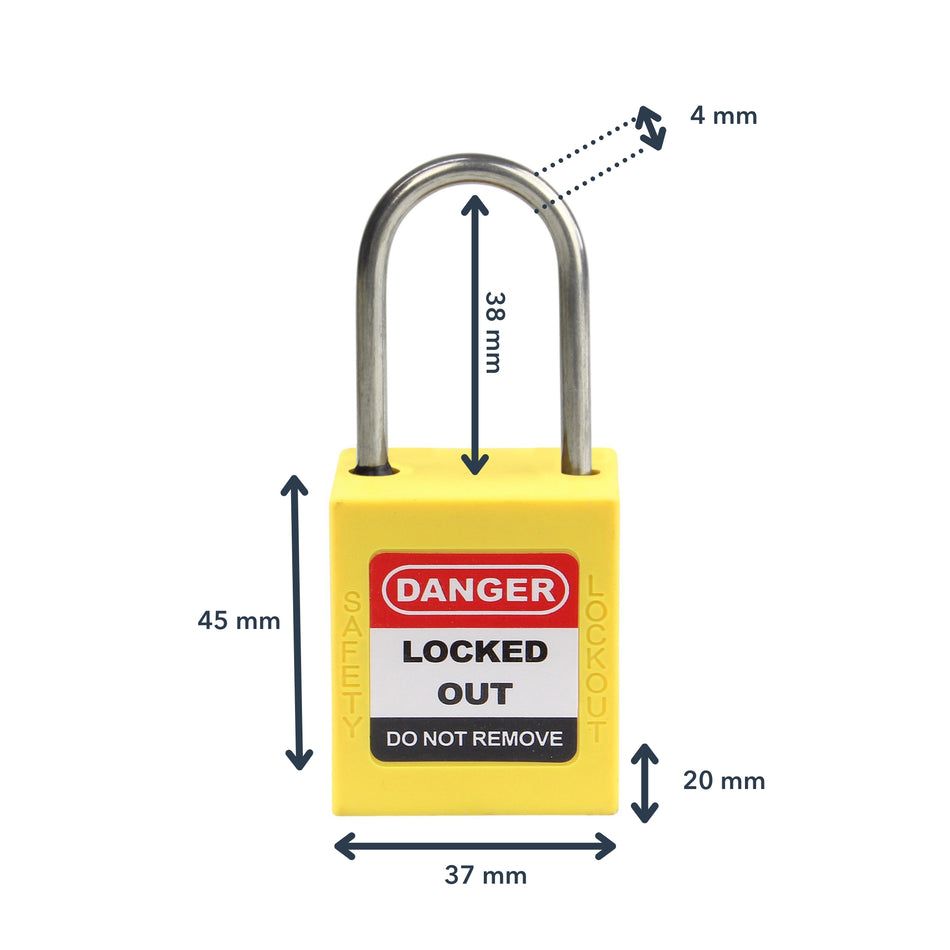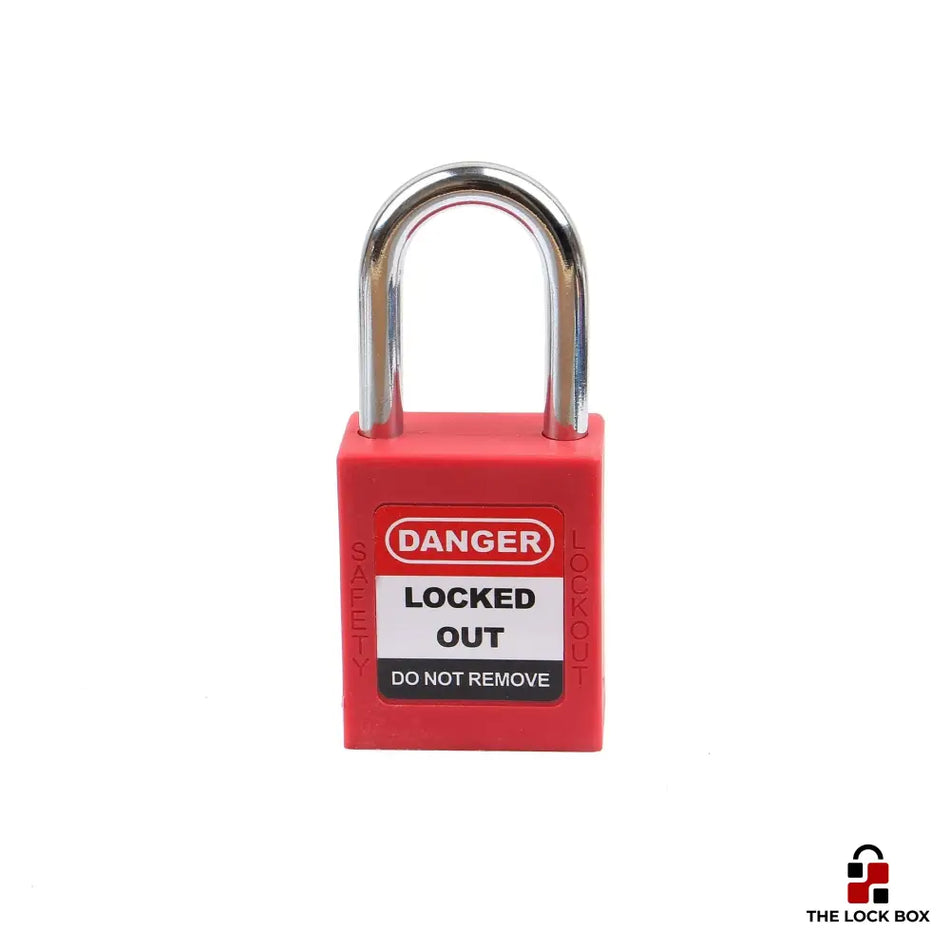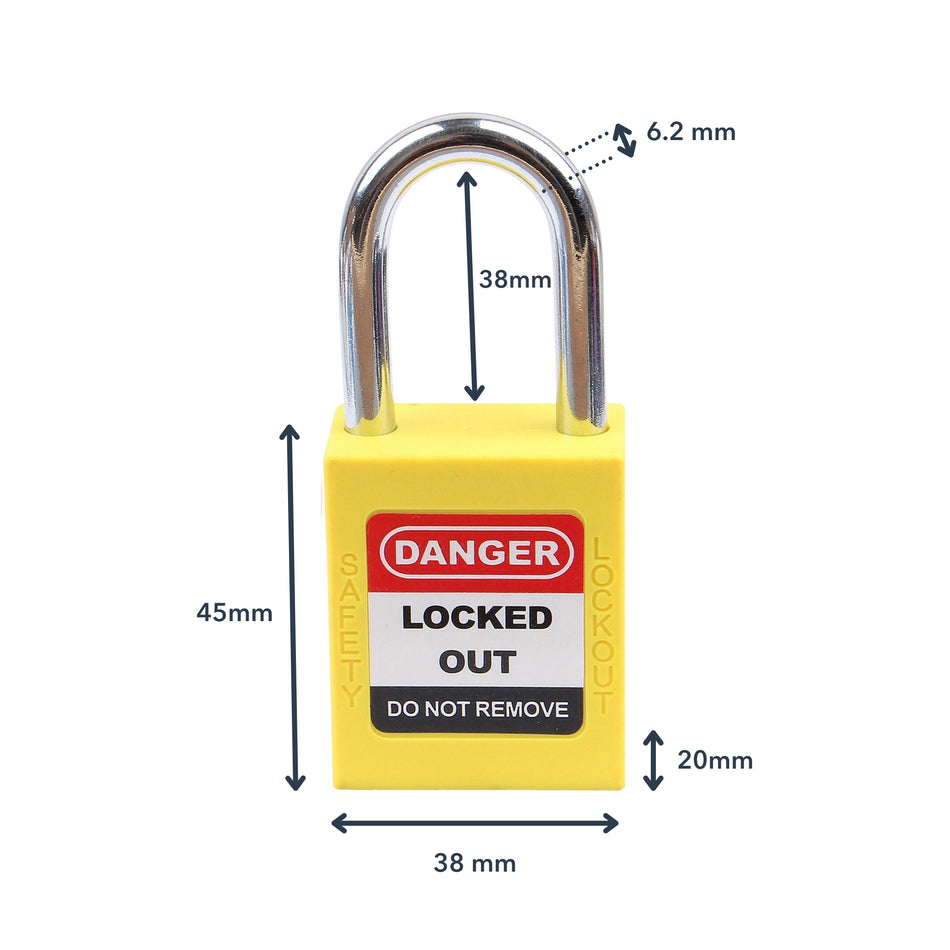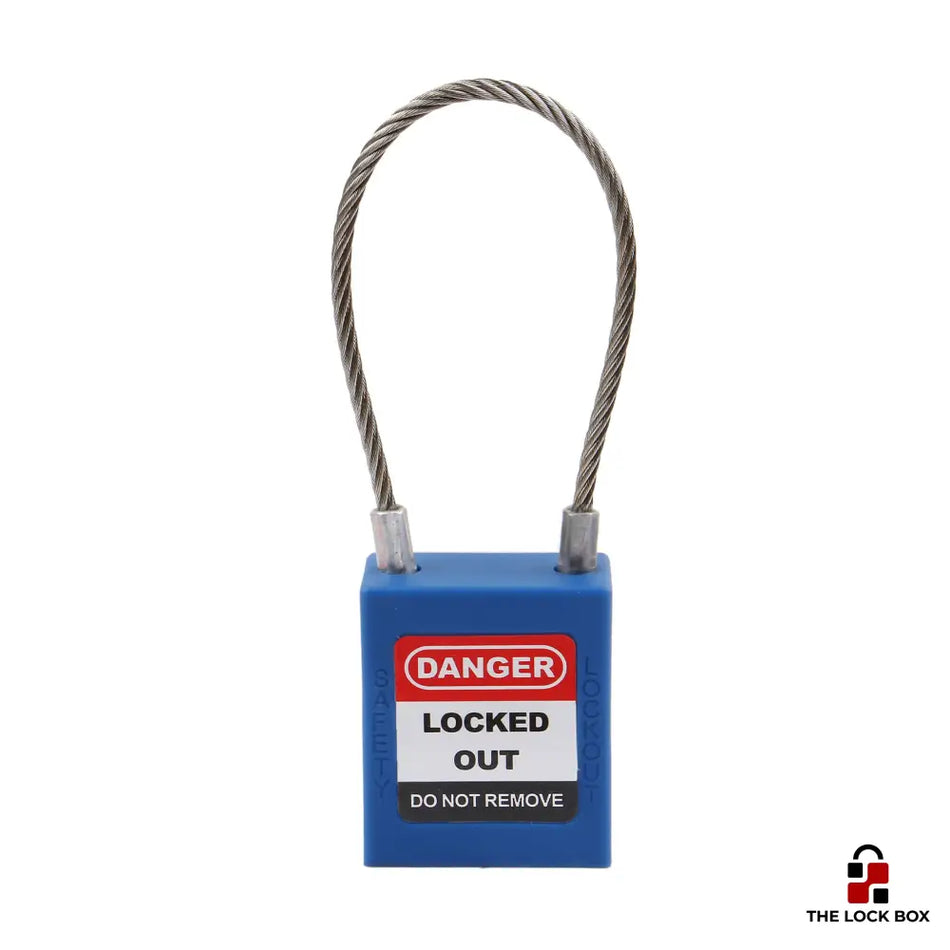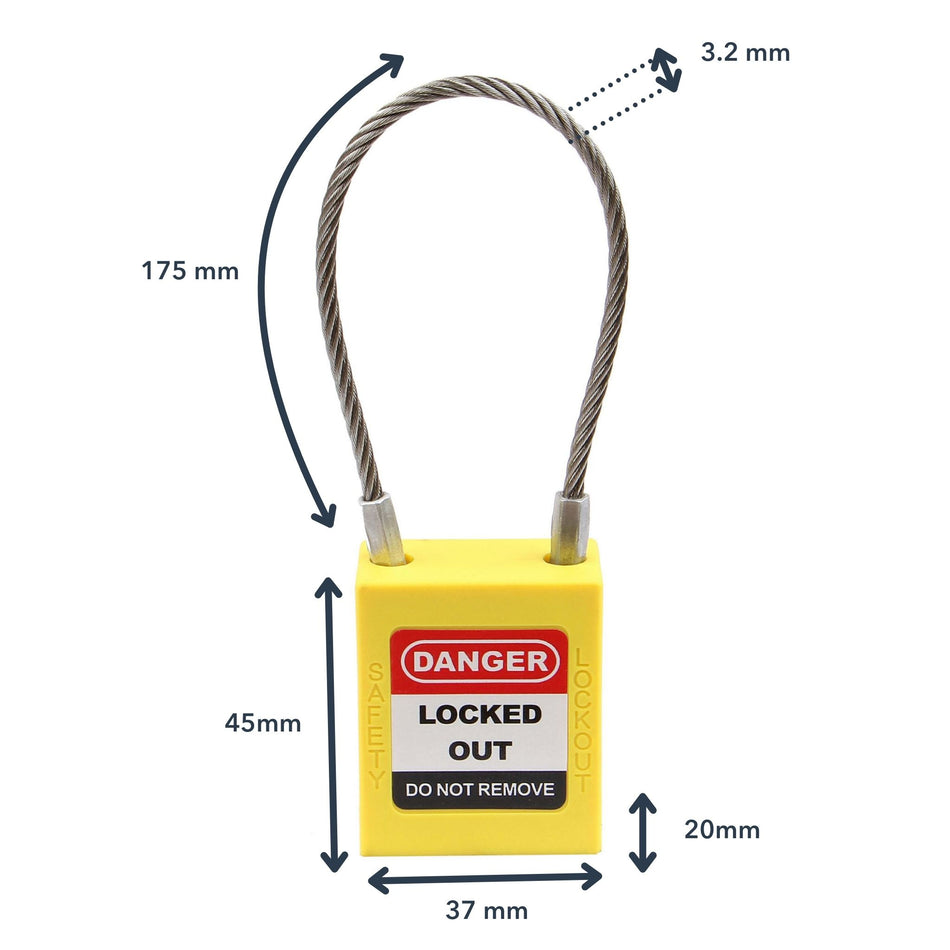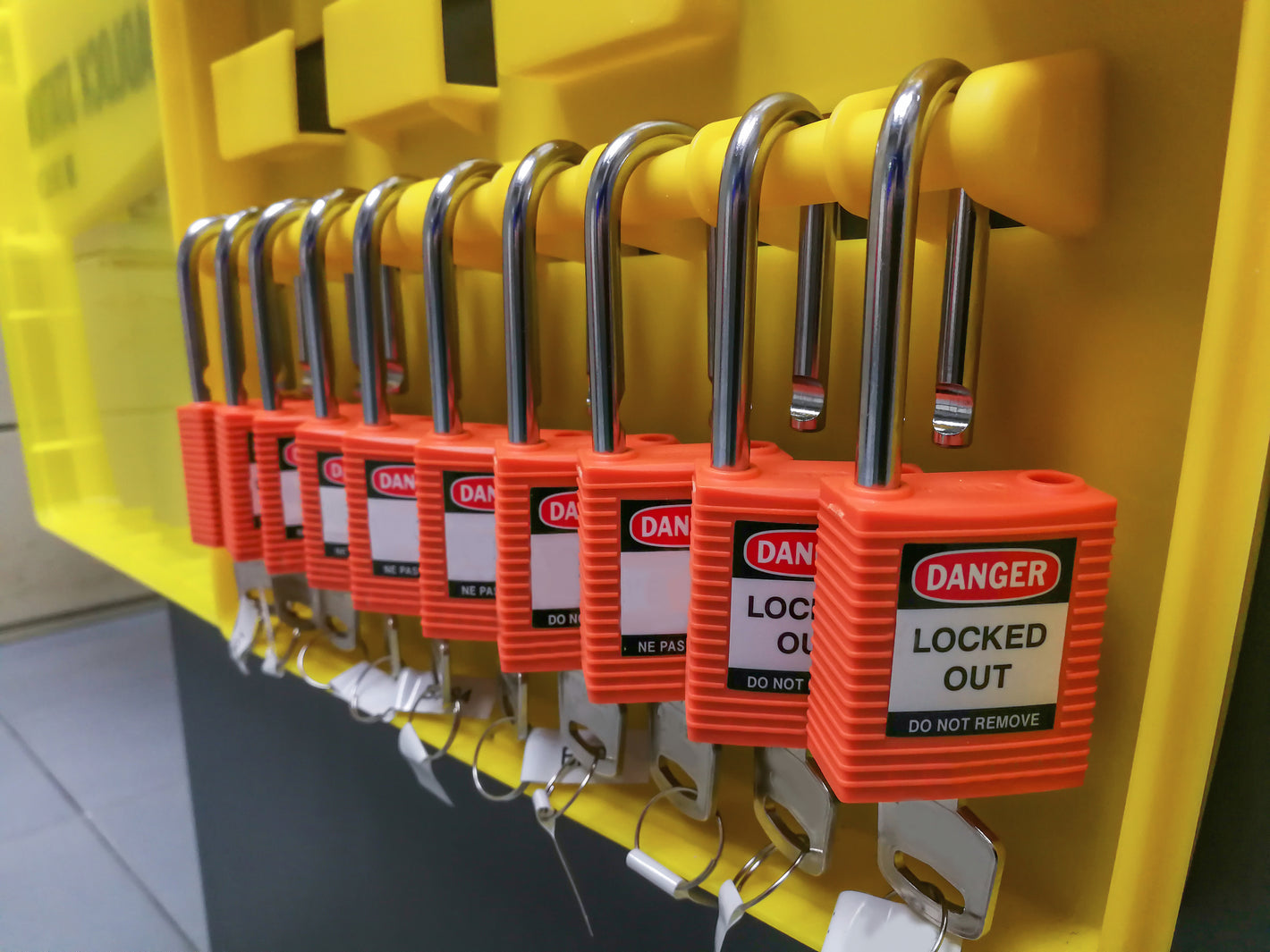Safety showers are crucial emergency fixtures designed to protect workers from chemical spills, burns, and other hazardous exposures. Widely used in laboratories, manufacturing plants, and various industrial settings, these showers provide immediate decontamination to prevent serious injuries. Understanding the regulations, maintenance, and proper usage of safety showers is essential for ensuring workplace safety.
Table of Contents
What is the Safety Shower Rule?
The safety shower rule mandates that workplaces handling hazardous substances must provide easily accessible safety showers and eyewash stations. These facilities should be located within 10 seconds of hazardous areas to ensure quick access in emergencies. The primary goal is to flush away harmful substances from the body and eyes, reducing injury severity.
The Occupational Safety and Health Administration (OSHA) and the American National Standards Institute (ANSI) set specific guidelines to ensure safety showers are effective. OSHA's regulation 29 CFR 1910.151(c) specifies that suitable facilities for quick drenching or flushing of the eyes and body must be available within the work area for immediate emergency use. ANSI Z358.1-2014 provides detailed performance and installation requirements, ensuring the showers deliver the required flow rate and water temperature. These will be discussed in detail further below.
Safety showers are essential in environments where employees handle corrosive chemicals, acids, and other hazardous materials. Quick access to a safety shower can prevent severe injuries by rapidly removing contaminants from the body and eyes, thus minimizing absorption into the skin and reducing the risk of chemical burns or other injuries.
How Often Should Safety Showers Be Checked?
Safety showers should be inspected and activated weekly to ensure they are functioning correctly. This routine check includes verifying water flow, temperature, and ensuring no blockages or mechanical issues. Regular maintenance is crucial to guarantee that the showers are always ready for use in an emergency.
During weekly checks, it is essential to:
- Ensure unobstructed access to the safety shower.
- Verify that the shower activates immediately and remains operational.
- Check for adequate water flow and pressure.
- Confirm the water temperature is within the recommended range.
- Inspect the showerhead and plumbing for any signs of wear or damage.
- Ensure that the area around the safety shower is well-lit and clearly marked with signage.
In addition to weekly checks, ANSI Z358.1-2014 requires an annual inspection of the entire safety shower system. This inspection should be documented and include a thorough review of all components, including water supply lines, valves, and activation mechanisms. Ensuring compliance with these inspection requirements not only enhances safety but also helps maintain regulatory compliance. This testing can be typically be completed by site operations or maintenance.
What Type of Water Should Safety Showers Use?
Safety showers must use clean, potable water. The water should be tepid, ideally between 60-100°F (16-38°C), to ensure effective decontamination without causing thermal shock. Tepid water is recommended because extreme temperatures can exacerbate injuries or cause additional harm.
Hot Water vs. Cold Water
Using only cold water can cause hypothermia or shock, especially in colder environments, while hot water can exacerbate chemical burns or scald the skin. Tepid water is the standard to ensure safety and comfort during decontamination.
Cold water, while effective in flushing away contaminants, can cause the body to go into shock, particularly if the person is exposed to it for an extended period. This can be especially dangerous in environments with low ambient temperatures, as it increases the risk of hypothermia.
Hot water, on the other hand, can worsen certain chemical burns and increase skin absorption of harmful substances. It can also cause thermal burns, adding to the injury.
The ideal solution is a safety shower that delivers water within the tepid range. Some safety showers are equipped with thermostatic mixing valves to maintain a consistent water temperature, regardless of variations in the supply. This ensures a safe and comfortable experience for the user.
Environmental Considerations
Environmental factors, such as ambient temperature and the type of chemicals used, must be considered when setting up safety showers. In extremely cold climates, heated units or shelters may be necessary to prevent the water from freezing and ensure it remains at a safe temperature.
In outdoor or unheated indoor environments, safety showers may need additional protection against freezing. Heated safety showers or those housed in insulated enclosures with internal heating elements can ensure reliable operation even in sub-zero temperatures.
Conversely, in extremely hot climates, ensuring the water temperature does not exceed the tepid range is crucial. Water that is too hot can cause additional injuries and discomfort. Cooling units or shaded installations may be necessary to keep water within the recommended temperature range.
What are the ANSI Requirements for Safety Showers?
The ANSI Z358.1 standard specifies the installation, performance, maintenance, and training requirements for safety showers. Key requirements include:
- Accessibility: Safety showers must be located within 10 seconds or approximately 55 feet from hazardous areas. They should be on the same level as the hazard and the path should be free of obstacles.
- Activation: The shower must activate in one second or less and remain operational without requiring the user to hold the valve open.
- Flow Rate: Safety showers must deliver a continuous flow of at least 20 gallons per minute (GPM) for showers and 0.4 GPM for eyewashes.
- Water Temperature: The water must be tepid, between 60-100°F (16-38°C), to prevent further injury.
- Signage and Lighting: Safety showers must be well-lit and clearly marked with highly visible signage.
- Weekly Activation: Showers must be activated weekly to ensure proper operation.
- Annual Inspection: A thorough inspection of the safety shower system must be conducted annually, and the results should be documented.
These requirements ensure that safety showers are readily accessible, easy to use, and effective in delivering immediate first aid.
What is the Maximum Pressure for a Safety Shower?
The water pressure for safety showers should be sufficient to provide a strong flow without causing harm to the user. ANSI recommends a flow rate of 20 GPM but does not specify a maximum pressure. However, the pressure should be regulated to prevent injury from excessive force.
Excessive water pressure can cause discomfort or injury to the user, particularly if the flow is too forceful. The aim is to provide a gentle yet effective stream that can adequately rinse contaminants from the body and eyes. Pressure regulators and flow controls are often used to maintain the optimal balance.
Additionally, it's important to ensure that the water pressure does not vary significantly during use. Fluctuations in pressure can disrupt the decontamination process and reduce the effectiveness of the safety shower. Consistent and reliable water pressure is essential for proper operation.
Best Practices Around Safety Showers
Implementing best practices ensures the safety and effectiveness of safety showers. These include:
- Accessibility: Ensure showers are unblocked and clearly marked. Pathways to safety showers should be free of obstacles, and showers should be located within 10 seconds of hazardous areas.
- Training: Regularly train employees on the proper use of safety showers. Employees should know how to activate the shower, the importance of removing contaminated clothing, and the need to stay under the shower for at least 15 minutes.
- Maintenance: Conduct weekly checks and annual inspections to ensure functionality. Maintenance logs should be kept to track inspections, tests, and any necessary repairs.
- Temperature Control: Maintain tepid water to avoid thermal shock or burns. Install thermostatic mixing valves to regulate water temperature consistently.
- Emergency Drills: Conduct regular emergency response drills to ensure preparedness. Drills should simulate real-life scenarios and help employees understand the urgency and procedure for using safety showers.
- Clear Signage: Install clear and visible signage to indicate the location of safety showers. Signs should be in multiple languages if necessary and use universally recognized symbols.
- Proper Installation: Ensure showers are installed according to manufacturer guidelines and ANSI standards. This includes appropriate plumbing, pressure regulation, and temperature control mechanisms.
- Documentation: Keep detailed records of inspections, maintenance, and employee training. This documentation can help identify patterns, predict maintenance needs, and ensure compliance with regulations.
Conclusion
Safety showers are vital for protecting workers from hazardous substances. Adhering to safety regulations, maintaining regular checks, and training employees are essential steps to ensure these lifesaving devices are always ready for use. Proper installation, consistent maintenance, and regular training can prevent serious injuries and save lives in the event of an emergency.
At The Lock Box, we are committed to providing top-quality safety equipment and support to keep your workplace safe and compliant. Our range of safety showers, eyewash stations, and related safety products meet the highest standards and are designed to provide reliable protection. Visit our website to explore our comprehensive safety solutions and ensure your workplace is always safe and compliant.
About The Lock Box
The Lock Box is a Swiss-based leader in site safety, offering a wide range of products from Lockout Tagout (LOTO) solutions to Safety Signage. We cater to industries such as construction, electrical, manufacturing, and pharmaceuticals, reflecting the Swiss qualities of precision, quality, and design. Check out our range of compliant, safe and effective safety showers here!

